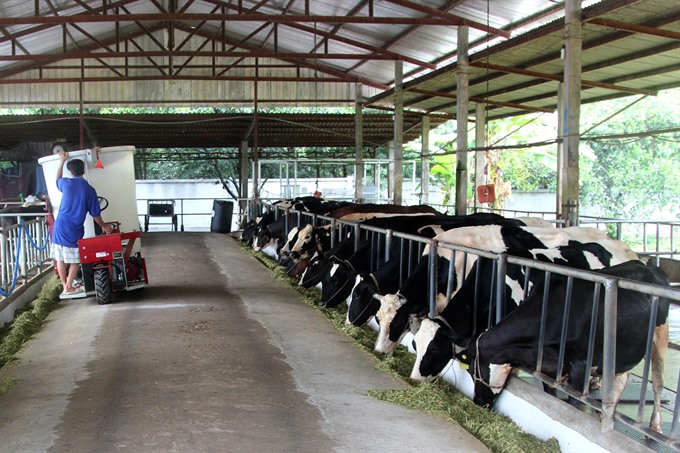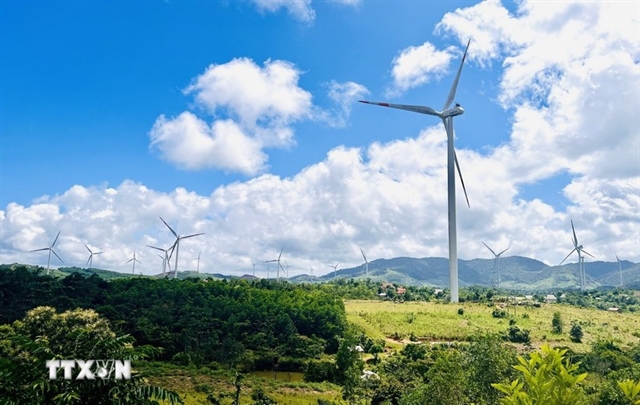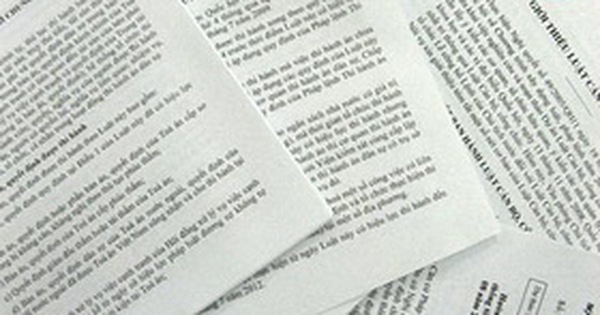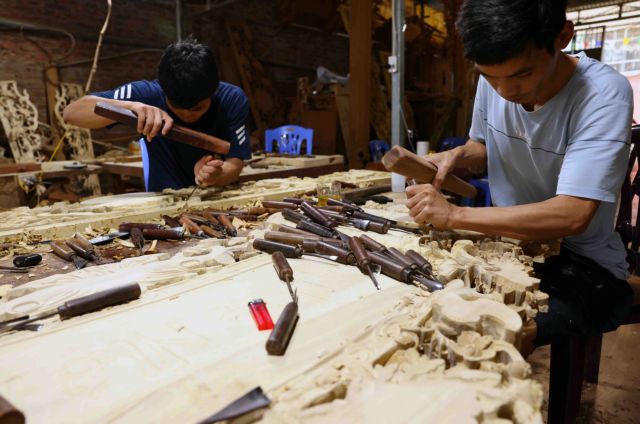 Society
Society

New technology is vital for an integrated animal husbandry industry, which has a great impact on the economy and environment, a seminar on the export of high-tech animal breeding products by south-eastern provinces has heard in Bình Phước Province.
 |
| A dairy farm in HCM City’s Củ Chi District. VNS File Photo. |
HCM CITY — New technology is vital for an integrated animal husbandry industry, which has a great impact on the economy and environment, a seminar on the export of high-tech animal breeding products by south-eastern provinces has heard in Bình Phước Province.
Deputy Minister of Agriculture and Rural Development Trần Thanh Nam, said many enterprises in the south-eastern region have embraced automation, even digitisation, in animal breeding.
Technology 4.0 was used on farms owned by the Hùng Nhơn Group to improve the quality of products meant for exports, he said at the seminar on Monday.
Vũ Mạnh Hùng, president and CEO of the company, said they had integrated production lines in which all stages from breeding and collection of products to transport and processing are automatically and precisely done.
According to Hùng, the integrated production lines are also aimed at minimising losses and reducing greenhouse gases.
All the production and processing lines conformed to GlobalGAP standards and cloud used to indicate the origin of the farms’ products, he said.
The first consignment of chickens from the company’s farms was shipped to Japan last September.
“The most important thing for us is to seek markets for our products, and overseas markets are our top priority,” Hùng said.
Food safety and the small volumes of exports are the weaknesses of the region’s poultry industry, according to Nguyễn Văn Lợi, secretary of the Bình Phước Province Party Committee.
To develop the region’s animal husbandry sector, enterprises should be reorganised.
Large businesses in the region’s animal husbandry industry should focus on exports while medium and smaller ones on the domestic market, he said.
Nguyễn Thị Kim Dung, head of the Department of Plant Protection’s National Centre for Fertiliser Analysis, said the animal husbandry sector generated some 87 million tonnes of animal and poultry manure and 58 tonnes of urine every year but uses only 20 per cent of them, leaving the remaining 80 per cent unused, causing environmental problems.
According to statistics released by the Ministry of Agriculture and Rural Development, as of last September 14,174 kinds of fertilisers, including 13,423 kinds of inorganic fertilisers, were being sold in the market.
Some 33 million tonnes are sold annually, with only 10 per cent being organic. — VNS




